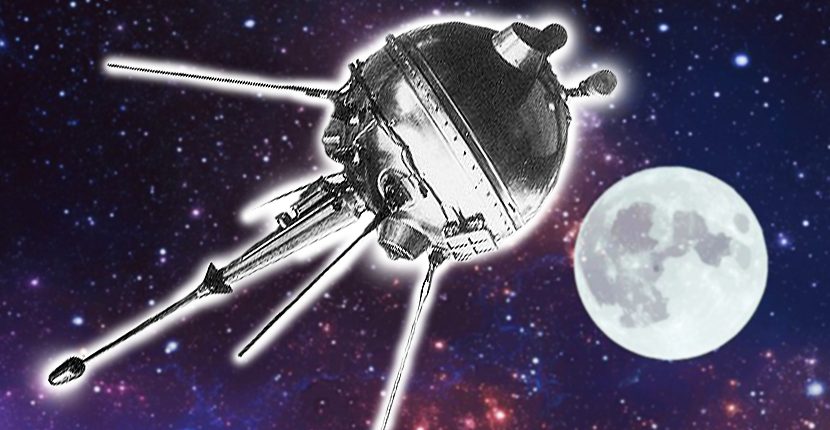The Space Race, a turbulent competition between the U.S. and the Soviet Union, officially started on August 12, 1955, when the Soviets declared that they would launch functional satellites into low Earth orbit before the Americans. Since the day when the competition began, a manned mission to the Moon was the ultimate goal of both sides: both governments invested astronomical amounts of money in space exploration and spacecraft development programs in hope of becoming the first nation in history to set foot on the Earth’s only natural satellite.
On July 20, 1969, when Neil Armstrong and Buzz Aldrin placed the American flag on the surface of the Moon, the U.S. became the official winner of the competition. However, although the Americans were most definitely the first nation to send men to the Moon, they weren’t first to reach it. In September of 1959, only four years after the beginning of the Space Race and a whole 10 years before the first manned lunar landing, the Soviets became the first nation to land a man-made object on another celestial body.
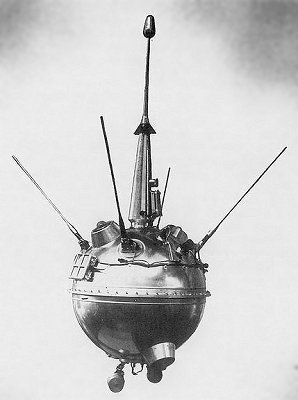
Luna 2 was a spherical space probe, somewhat similar in appearance to Sputnik 1, the first artificial satellite successfully launched into low Earth orbit. The probe was equipped with a number of research instruments, including Geiger counters, a magnetometer, and a micrometeorite detector, and its only mission was to crash into the Moon. At the time the probe was launched, the Americans were certain that it would simply miss the Moon: they knew that the Soviet space program had developed powerful rockets which were undoubtedly capable of traversing the distance between the Earth and the Moon, but they thought that the Soviet guidance systems were faulty and would never be able to precisely calculate the complex trajectory that was necessary for an intentional crash landing.
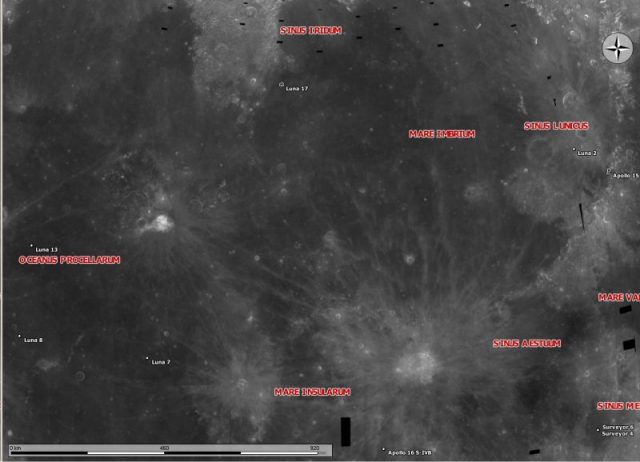
However, the Americans were wrong. Luna 2 successfully reached the Moon and subsequently crashed into its surface somewhere in the lunar region known as the “Mare Imbrium.” During its approach, the probe transmitted valuable information back to the Soviet mission control on Earth: its measurements proved that the Moon has no magnetic field and that the radiation levels on its surface wouldn’t pose any threat to a future manned expedition.
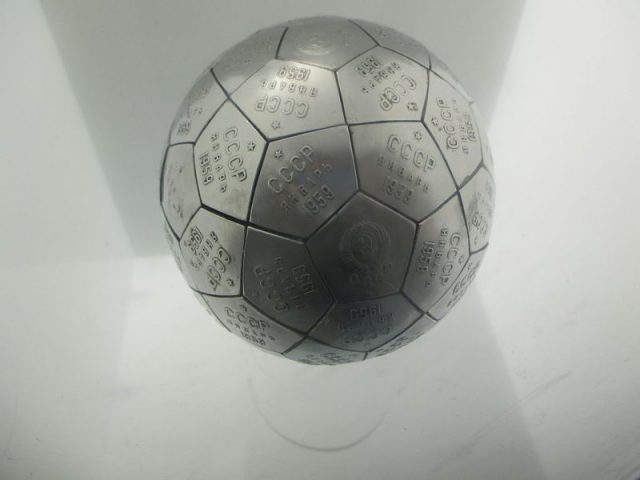
Furthermore, aside from being a breakthrough in space exploration, Luna 2 was a powerful political move. Namely, along with the scientific instruments, the probe carried a ball made of pentagonal stainless steel plates. Each plate was engraved with a Soviet coat of arms and a Cyrillic inscription “U.S.S.R., January 1959.”
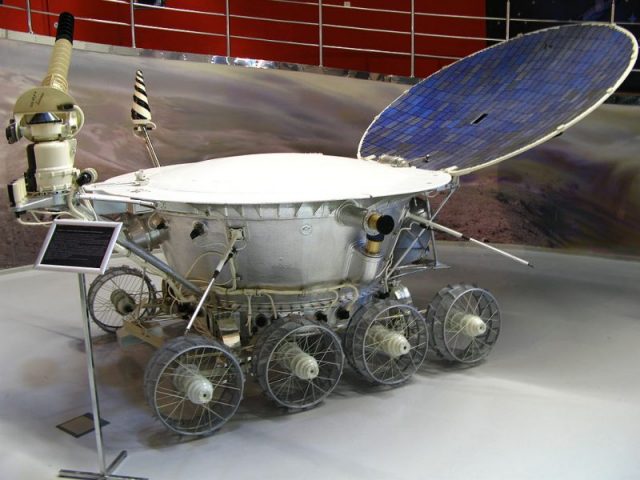
The center of the ball was fitted with a small explosive device that was programmed to detonate upon impact. Therefore, when the probe crashed into the surface of the Moon, the ball exploded and scattered the pentagonal plates all around the crash-landing site. Some of the plates were surely destroyed in the explosion, but a number of them undoubtedly remain scattered in the lunar dust.
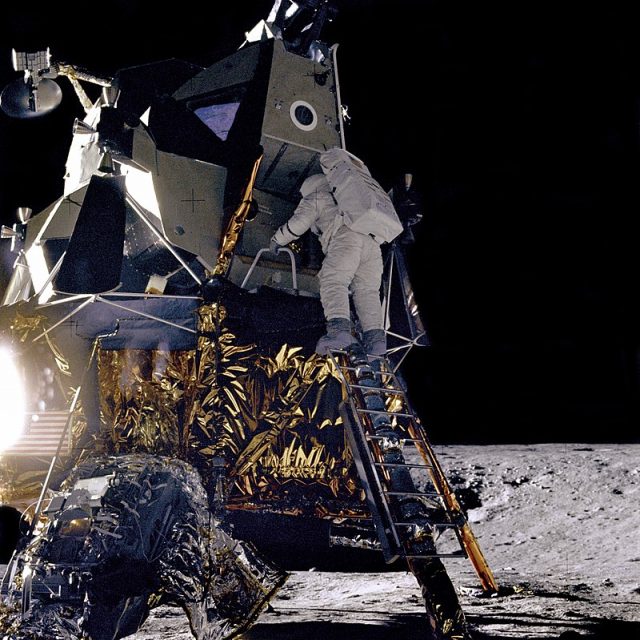
This means that, in a way, the Soviets marked the Moon as “conquered” 10 years before Armstrong and Aldrin walked on its surface and set up the American flag. Two weeks after Luna 2 crashed into the Moon, the then-Soviet leader Nikita Khrushchev visited the United States and used the opportunity to rub the mission success into the face of Americans. One of the gifts that he brought to President Dwight Eisenhower was a replica of the stainless steel ball from Luna 2. At that time, such gift a was deemed a provocation because it openly symbolized Soviet supremacy in the Space Race.
Still, in the long run, even though the first orbital spaceflight was conducted by Russian cosmonaut Yuri Gagarin, the Americans were more successful in the competition as they were the ones who sent the first people to the Moon. Nowadays, Eisenhower’s replica of the Luna 2 steel ball can be seen at the Eisenhower Presidential Library and Museum in Abilene, Kansas, where it remains as a reminder of a time when humanity began venturing into the unknown.
